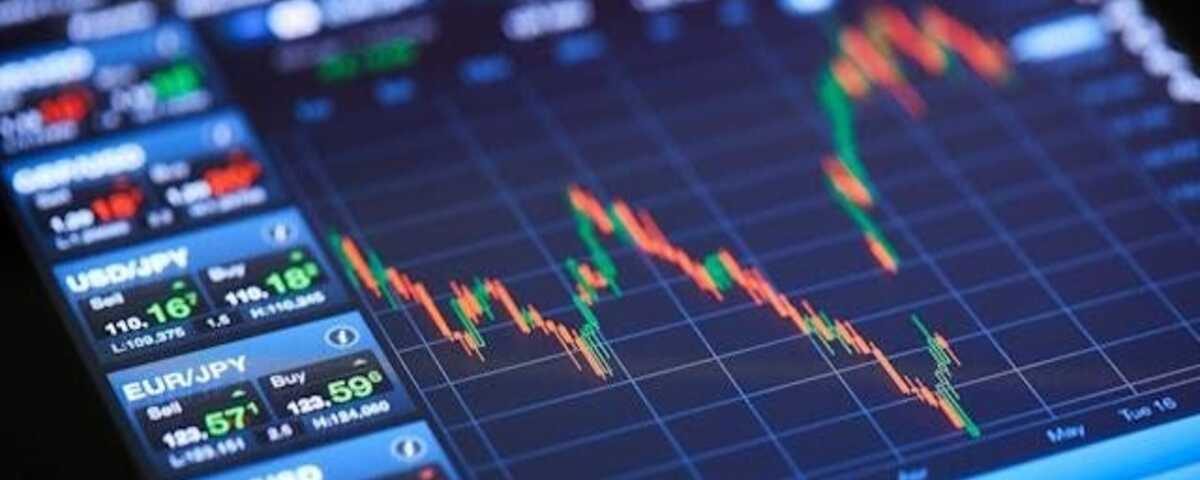
The Role of the European Central Bank (ECB)
29/07/2024
The Bank of Japan (BOJ)
29/07/2024How to Use Balance of Trade Data: A Comprehensive Guide
Introduction to Balance of Trade Data
The balance of trade (BOT) is a key economic indicator that measures the difference between a country’s exports and imports of goods and services over a specific period. It is a crucial component of a country’s balance of payments and provides insights into the economic health of a nation, its competitiveness, and its position in the global market. Understanding and using balance of trade data effectively can help investors, policymakers, and business leaders make informed decisions. This comprehensive guide explores what balance of trade data is, how it is calculated, its implications, and how to interpret and utilize it effectively.
What is Balance of Trade?
The balance of trade is calculated by subtracting the value of a country’s imports from its exports. It can be positive (trade surplus) or negative (trade deficit).
[ \text{Balance of Trade (BOT)} = \text{Value of Exports} – \text{Value of Imports} ]
- Trade Surplus: When the value of exports exceeds the value of imports.
- Trade Deficit: When the value of imports exceeds the value of exports.
Components of Balance of Trade
1. Goods
Goods, also known as merchandise, include tangible items such as machinery, electronics, automobiles, food, and raw materials. The trade balance in goods reflects the difference between the exports and imports of these physical products.
2. Services
Services include intangible products such as financial services, tourism, transportation, and intellectual property. The trade balance in services measures the difference between the exports and imports of these services.
Importance of Balance of Trade Data
1. Economic Health Indicator
The balance of trade is a critical indicator of a country’s economic health. A trade surplus generally indicates a strong economy, with competitive industries and healthy production. Conversely, a trade deficit may suggest economic weaknesses, such as over-reliance on foreign goods and services or insufficient domestic production.
2. Currency Value
Trade balances impact the value of a country’s currency. A trade surplus tends to strengthen a currency because it indicates higher demand for the country’s goods and services, leading to higher demand for its currency. A trade deficit can weaken a currency due to lower demand.
3. Policy Decisions
Governments and central banks use balance of trade data to inform economic policies. Trade deficits may lead to policy measures aimed at boosting exports or reducing imports, while trade surpluses might prompt measures to stabilize the currency and control inflation.
4. Investment Decisions
Investors use balance of trade data to assess the economic stability and growth potential of countries. A positive trade balance can attract foreign investment, while a negative balance might deter investors due to concerns over economic stability.
How to Interpret Balance of Trade Data
1. Trends Over Time
Analyzing trends in balance of trade data over time helps identify patterns and underlying economic shifts. Consistent trade surpluses or deficits can indicate structural strengths or weaknesses in an economy.
2. Seasonal Adjustments
Balance of trade data can be influenced by seasonal factors, such as agricultural harvests or holiday-related imports and exports. Adjusting for seasonal variations provides a clearer picture of underlying trade trends.
3. Sectoral Analysis
Breaking down the balance of trade data by sectors (e.g., technology, agriculture, manufacturing) helps identify specific industries driving the trade balance. This analysis can inform targeted policy measures and investment strategies.
4. Bilateral Trade Balances
Examining trade balances with specific countries or regions provides insights into trade relationships and dependencies. Large deficits or surpluses with particular trading partners can influence trade negotiations and economic policies.
5. Comparison with Other Economic Indicators
Interpreting balance of trade data alongside other economic indicators, such as GDP growth, inflation, and employment, offers a comprehensive view of economic health. For example, a trade deficit accompanied by strong GDP growth may indicate robust domestic demand.
Case Studies: Using Balance of Trade Data
Case Study 1: United States Balance of Trade
Background
The United States has historically run trade deficits, importing more goods and services than it exports. This trend reflects the high domestic demand and the country’s reliance on foreign manufacturing.
Analysis
- Goods Deficit: The U.S. consistently imports more goods, particularly electronics, automobiles, and consumer products, leading to a large trade deficit in goods.
- Services Surplus: The U.S. runs a trade surplus in services, driven by strong exports in financial services, technology, and intellectual property.
Interpretation
The trade deficit in goods highlights the competitiveness of foreign manufacturers and the reliance on imports to meet domestic demand. The surplus in services indicates the strength of the U.S. service sector and its global competitiveness.
Case Study 2: Germany Balance of Trade
Background
Germany is known for its strong export-oriented economy, particularly in manufacturing and industrial goods.
Analysis
- Goods Surplus: Germany consistently runs a significant trade surplus in goods, driven by high exports of automobiles, machinery, and chemicals.
- Services Deficit: Germany has a smaller trade deficit in services, reflecting lower global competitiveness in some service sectors.
Interpretation
The trade surplus in goods underscores Germany’s strong manufacturing base and global competitiveness. The services deficit suggests areas for potential improvement in the service sector.
Utilizing Balance of Trade Data
1. For Policymakers
Policymakers use balance of trade data to design economic policies aimed at addressing trade imbalances. Strategies may include:
- Trade Agreements: Negotiating trade agreements to open new markets for exports or protect domestic industries.
- Export Promotion: Implementing programs to support domestic industries and boost exports.
- Import Controls: Imposing tariffs or quotas to reduce imports and protect local businesses.
2. For Businesses
Businesses use balance of trade data to make strategic decisions, such as:
- Market Expansion: Identifying countries with trade surpluses as potential export markets.
- Supply Chain Management: Assessing the impact of trade deficits on the availability and cost of imported materials and components.
- Competitive Analysis: Understanding the competitive landscape in different markets based on trade data.
3. For Investors
Investors use balance of trade data to evaluate the economic stability and growth potential of countries, influencing investment decisions in:
- Foreign Exchange Markets: Anticipating currency movements based on trade balances.
- Equity Markets: Assessing the impact of trade balances on corporate earnings, particularly for export-oriented industries.
- Fixed Income Markets: Evaluating the creditworthiness of countries based on their trade balances and overall economic health.
Limitations of Balance of Trade Data
1. Does Not Capture Full Economic Picture
While balance of trade data is important, it does not capture the full economic picture. Other components of the balance of payments, such as the capital account and financial account, are also crucial for understanding a country’s economic position.
2. Short-Term Volatility
Balance of trade data can be volatile in the short term due to temporary factors such as seasonal variations, exchange rate fluctuations, and changes in commodity prices. Long-term trends provide a more accurate assessment.
3. Influence of Global Factors
Global economic conditions, such as international trade policies, geopolitical events, and economic cycles, can significantly impact balance of trade data, complicating interpretation and analysis.
4. Data Revisions
Balance of trade data is often subject to revisions as more accurate information becomes available. Initial reports may be adjusted, affecting the interpretation of trends and economic conditions.
Conclusion
The balance of trade is a vital economic indicator that provides insights into a country’s economic health, competitiveness, and position in the global market. By understanding how to interpret and use balance of trade data, policymakers, businesses, and investors can make informed decisions to address trade imbalances, support economic growth, and enhance global competitiveness. While balance of trade data has its limitations, it remains a crucial tool for economic analysis and decision-making in an interconnected global economy.



